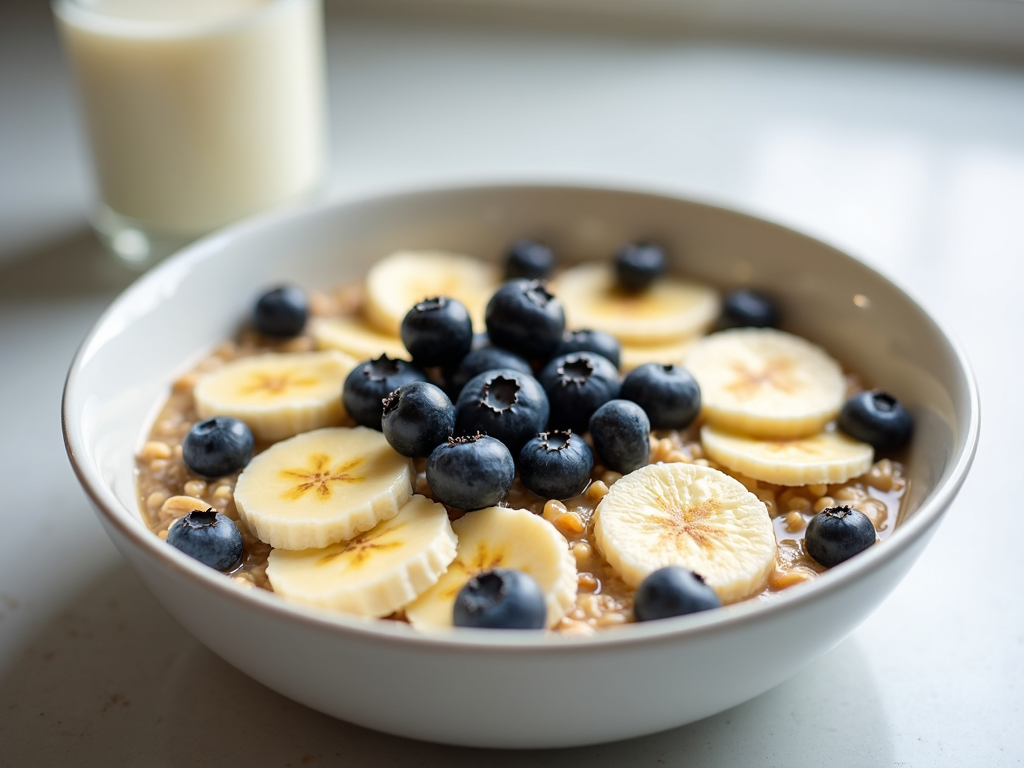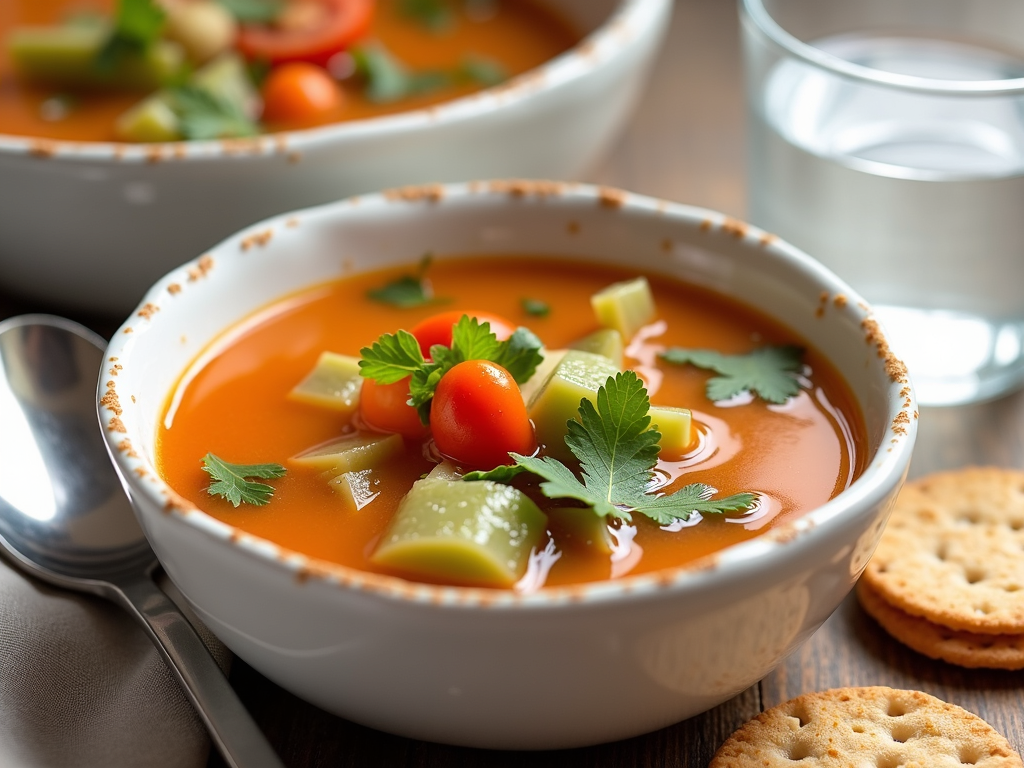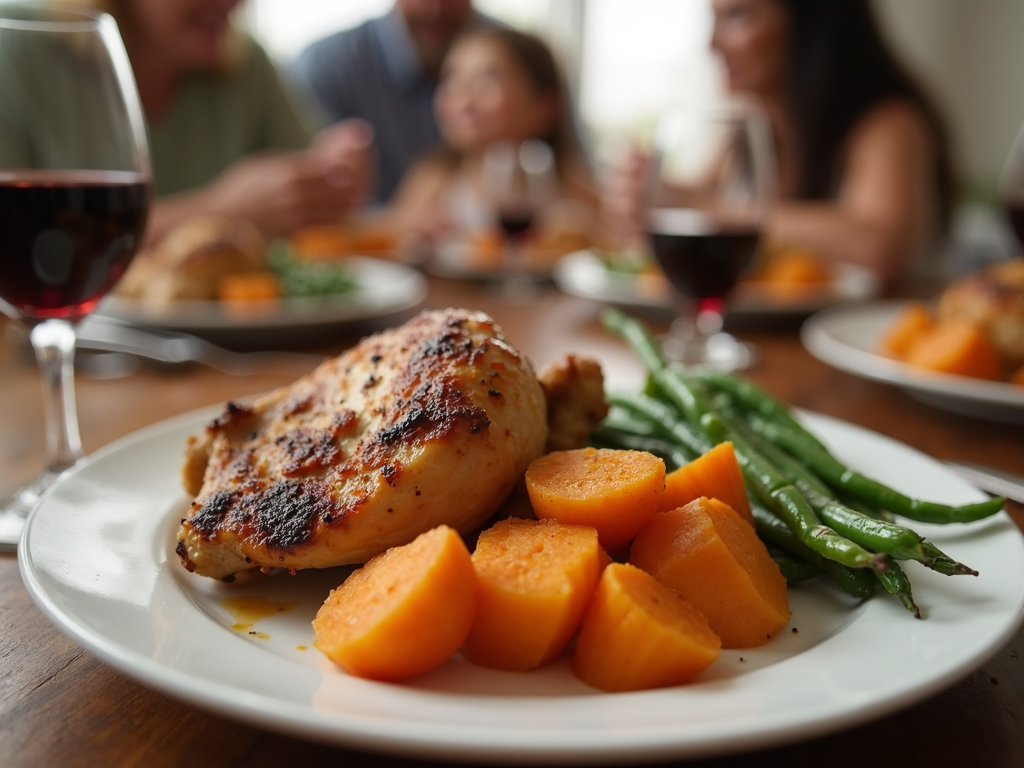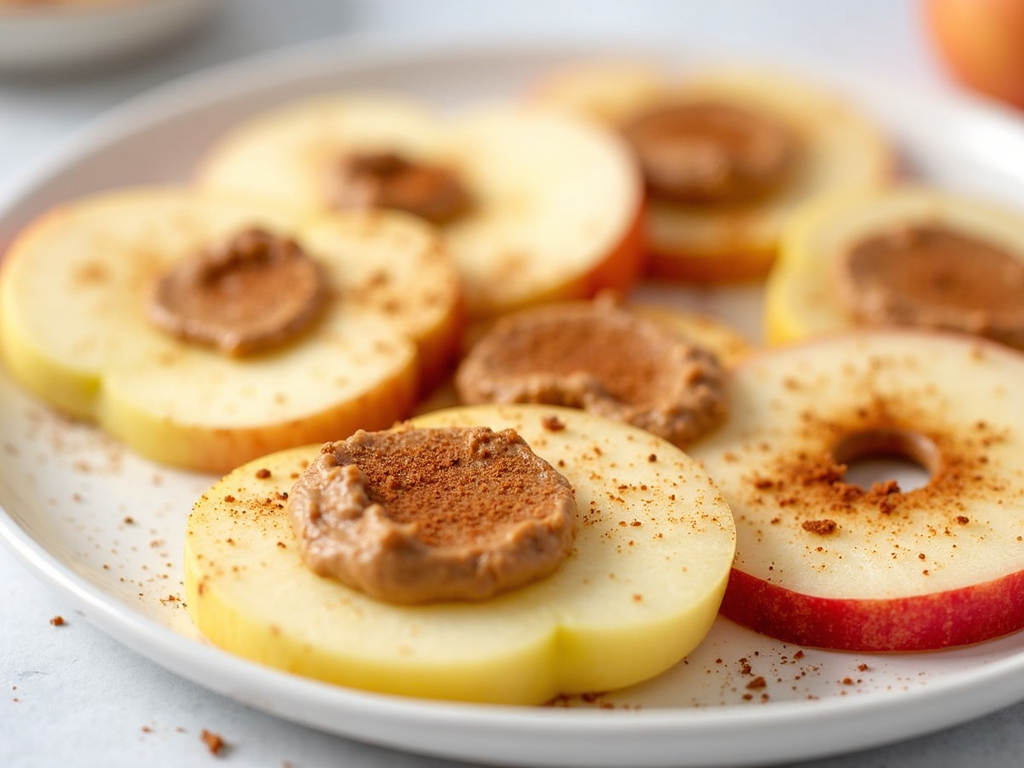Overview
FPIES, or Food Protein-Induced Enterocolitis Syndrome, is a food allergy that hits the stomach and intestines. It’s most common in babies and young kids, causing vomiting, diarrhea, and dehydration. Unlike other allergies, FPIES reactions happen hours after eating the trigger food, making it tough to spot the cause.
Understanding FPIES: Symptoms and Diagnosis
FPIES brings on delayed stomach problems, usually 2-6 hours after eating the trigger food. Look out for these signs:
- Lots of vomiting
- Diarrhea
- Feeling super tired
- Looking pale
- Dehydration
In bad cases, it can cause shock, which needs emergency care.
This allergy doesn’t work like peanut allergies do—it’s not instant. It’s called non-IgE mediated, meaning it causes inflammation in the gut instead of hives or breathing issues. Because reactions are slow, parents might struggle to figure out what food caused it. Keeping a food diary can help track what your child eats and when symptoms pop up.
Doctors sometimes mix up FPIES with stomach bugs or other issues. That’s why seeing a specialist matters. The best way to confirm FPIES is an oral food challenge—giving the child a bit of the suspected food under a doctor’s watch. It’s risky, so it’s only done in a safe place.
A study from the Journal of Allergy and Clinical Immunology says FPIES affects about 0.34% of U.S. infants. For more details, check out the FPIES Foundation. They’re a solid group helping families like yours. The American College of Allergy, Asthma & Immunology also has great info on diagnosing FPIES.
Managing FPIES: Tips for Parents
Handling FPIES means steering clear of trigger foods and being ready for slip-ups. Here’s what you can do:
- Find the Triggers: Team up with your doctor to pinpoint problem foods. Common ones are cow’s milk, soy, rice, oats, and chicken.
- Check Labels: Read every label to catch hidden allergens. Some ingredients sneak in where you least expect them.
- Keep Things Separate: Use different knives, boards, and pans for safe foods to avoid mix-ups.
- Test New Foods Slowly: Add one new food at a time, in tiny bits. Watch your child closely for any trouble.
- Plan for Emergencies: Ask your doctor for a game plan if a reaction happens. You might carry an epinephrine shot, even though FPIES usually skips breathing problems.
Extra tips to make life easier:
- Teach Everyone: Tell grandparents, babysitters, and teachers about FPIES so they know what to do.
- Pack Your Own: Bring safe meals and snacks when you’re out to dodge risky situations.
- Find Friends: Join groups like the FPIES Foundation’s online chats for support and ideas.
- Stay Updated: Keep learning about FPIES—new info can make a big difference.
For a full rundown on food allergies, visit Food Allergy Research & Education. They’ve got practical advice for families.
Safe Meal Ideas for Breakfast
Breakfast sets the day right, especially for kids growing fast. Try these safe ideas for children with FPIES:
- Oatmeal with Fruit: If oats are okay, cook them with water or a safe milk swap. Add fruits like bananas or berries.
Oatmeal with Fruit Recipe
Ingredients: - 1/2 cup rolled oats (if safe) - 1 cup water or safe milk alternative - 1/2 banana, sliced - 1/4 cup blueberries - 1 tsp honey or maple syrup (optional)
Instructions: 1. Boil the water or milk in a small pot. 2. Stir in oats, lower the heat, and cook for 5 minutes. 3. Let it cool a bit. 4. Top with banana slices, blueberries, and a drizzle of honey if you like.
This recipe is quick and flexible—swap in any safe fruits your child enjoys.
- Smoothie: Mix safe fruits, veggies, and a milk alternative. Toss in hemp seeds for protein if they’re safe.
- Toast with Safe Spread: If bread’s good, toast it and spread on sunflower seed butter or mashed avocado.

Safe Meal Ideas for Lunch
Lunch needs to fill kids up and keep them going. Here are some safe picks:
- Soup: Make a cozy soup with safe veggies and a protein like lentils or quinoa.
Vegetable Soup Recipe
Ingredients: - 1 tbsp olive oil - 1 onion, diced - 2 carrots, sliced - 2 celery stalks, sliced - 1 zucchini, diced - 4 cups veggie broth (check ingredients) - 1 cup cooked lentils or quinoa (if safe) - Salt and pepper
Instructions: 1. Heat oil in a big pot over medium heat. 2. Add onion, carrots, and celery. Cook for 5 minutes until soft. 3. Toss in zucchini and broth, then bring to a boil. 4. Simmer for 20 minutes on low. 5. Mix in lentils or quinoa, add salt and pepper, and serve warm.
This soup is hearty and perfect for batch cooking.
- Salad: Use safe greens and veggies with a simple dressing. Add grilled chicken or tofu if they’re okay.
- Wrap: If tortillas work, stuff them with hummus, avocado, and safe veggies.

Safe Meal Ideas for Dinner
Dinner brings the family together. Try these safe options:
- Stir-Fry: Cook safe veggies and a protein like shrimp or beef. Serve over safe rice or noodles.
Chicken and Vegetable Stir-Fry Recipe
Ingredients: - 1 lb chicken breast, cut into strips (if safe) - 2 tbsp olive oil - 1 bell pepper, sliced - 1 cup broccoli florets - 1 carrot, julienned - 2 tbsp coconut aminos (if safe) - 1 tsp ginger, minced - 2 cups cooked rice (if safe)
Instructions: 1. Heat 1 tbsp oil in a skillet over medium-high. 2. Cook chicken until done, then set aside. 3. Add remaining oil, then stir-fry bell pepper, broccoli, and carrot for 5 minutes. 4. Mix chicken back in with coconut aminos and ginger. Heat through. 5. Serve over rice.
This dish is tasty and easy to tweak.
- Pasta: If pasta’s safe, pair it with a simple tomato sauce and safe veggies or protein.
- Roasted Veggies and Protein: Roast safe veggies with salmon or pork for an easy meal.

Safe Snack Ideas
Snacks keep kids energized all day. Here are some safe choices:
- Fruit: Fresh or dried fruit works if it’s tolerated.
-
Veggies with Dip: Slice safe veggies and pair with hummus or guacamole.
-
Fruit and Nut Energy Balls Recipe
Ingredients: - 1 cup pitted dates - 1/2 cup almonds (if safe) - 1/4 cup dried cranberries (if safe) - 1 tbsp chia seeds - 1 tsp vanilla extract
Instructions: 1. Blend everything in a food processor until sticky. 2. Roll into 1-inch balls. 3. Chill in the fridge.
These energy balls are perfect for quick bites.
- Rice Cakes: Spread safe almond butter or jam on rice cakes for a crunch.

Personal Insights from Parents
Raising a kid with FPIES isn’t easy, but parents find ways to cope. Here’s what some say:
- “Planning is everything.” One mom said prepping meals and keeping safe snacks ready makes all the difference.
- “Ask for help.” Another parent swears by talking to doctors and joining support groups for tips and comfort.
- “Enjoy the wins.” A dad shared that cheering for every new food their kid handles keeps them hopeful.
These stories show how strong and smart parents become when dealing with FPIES.
Summary
FPIES is a tricky food allergy, but you can manage it. Learn what sets it off, cook safe meals, and lean on your doctor for advice. With the right steps, your child can grow strong and healthy.
Discuss Here